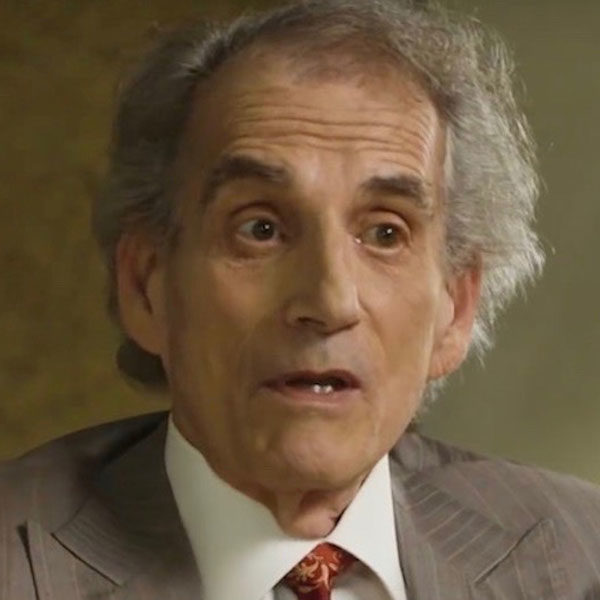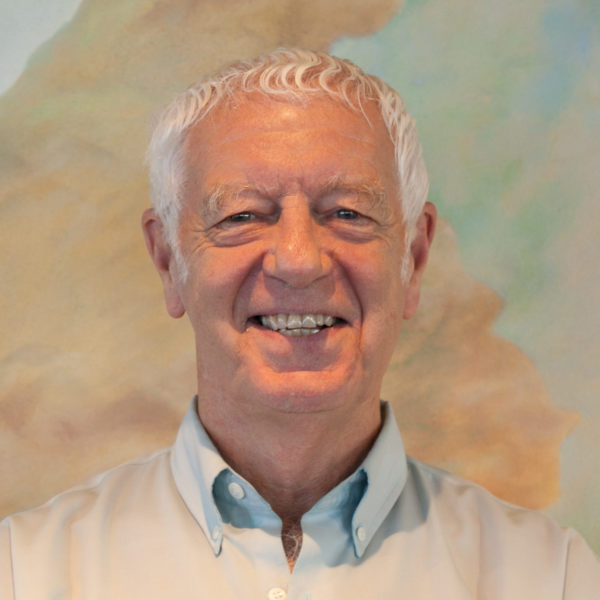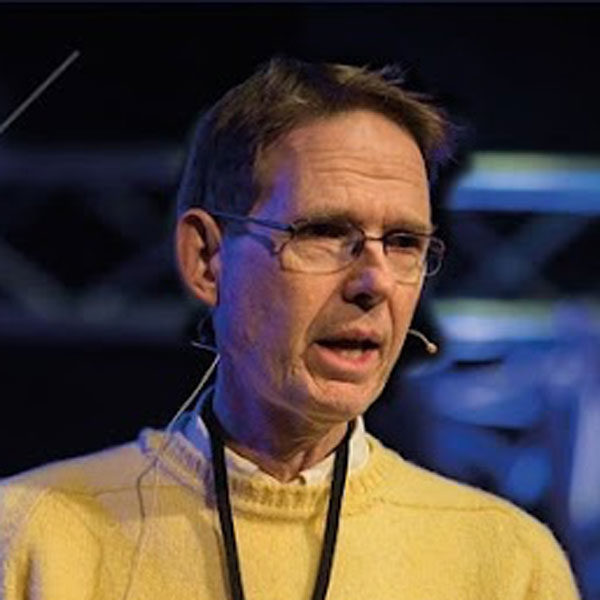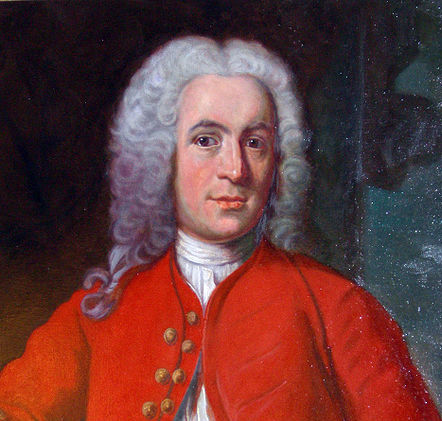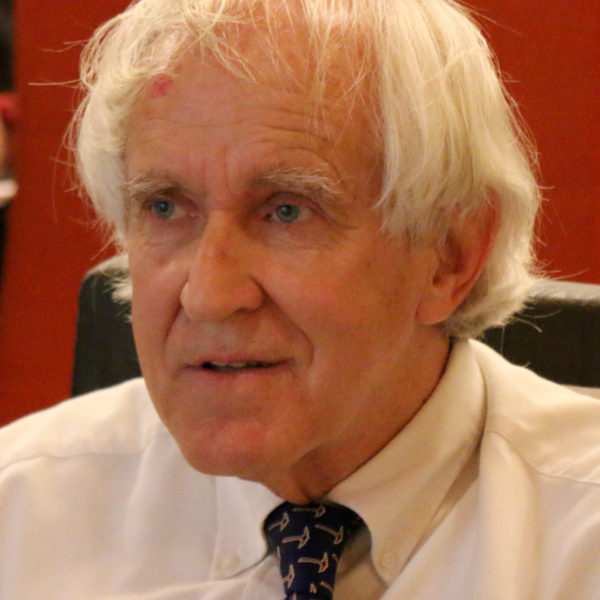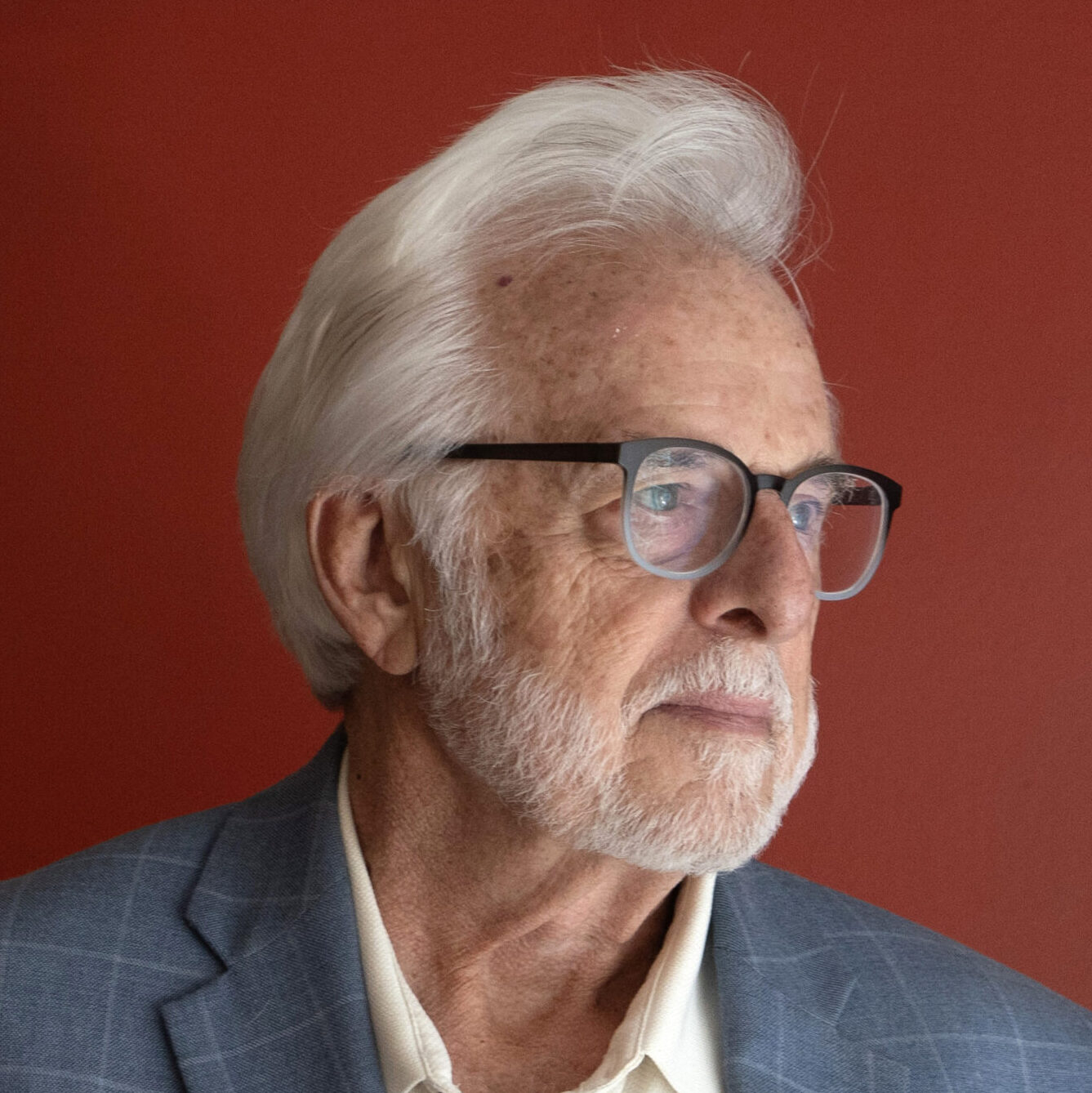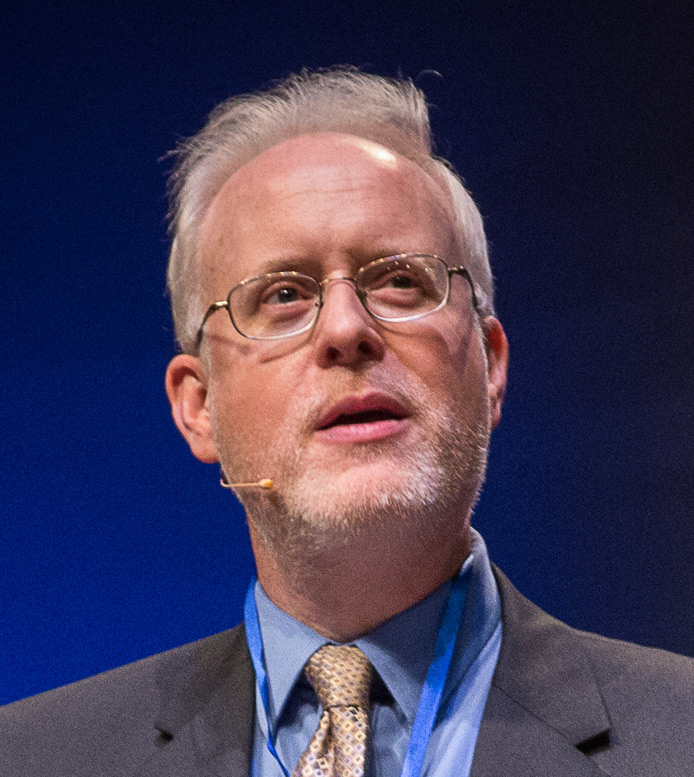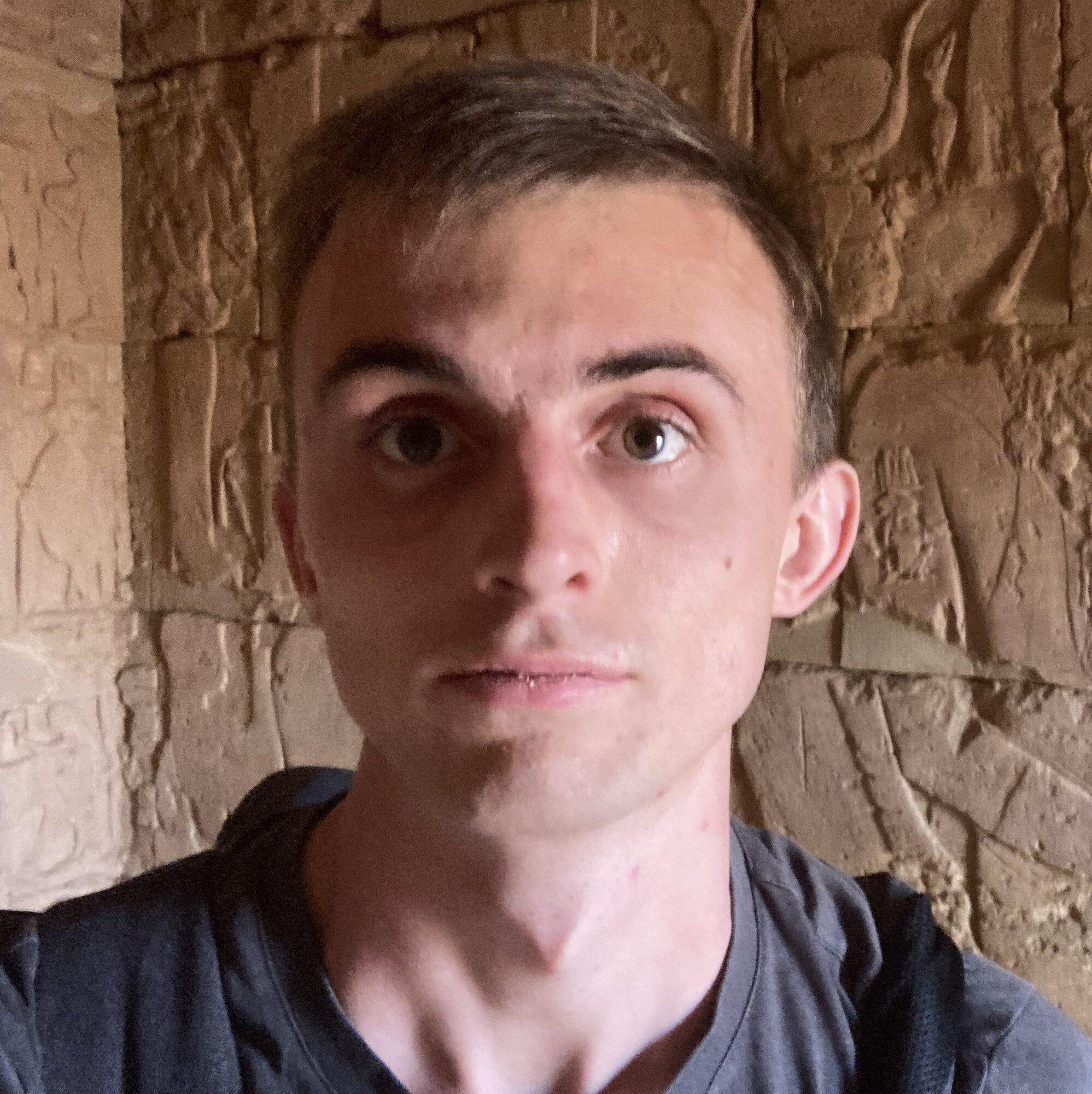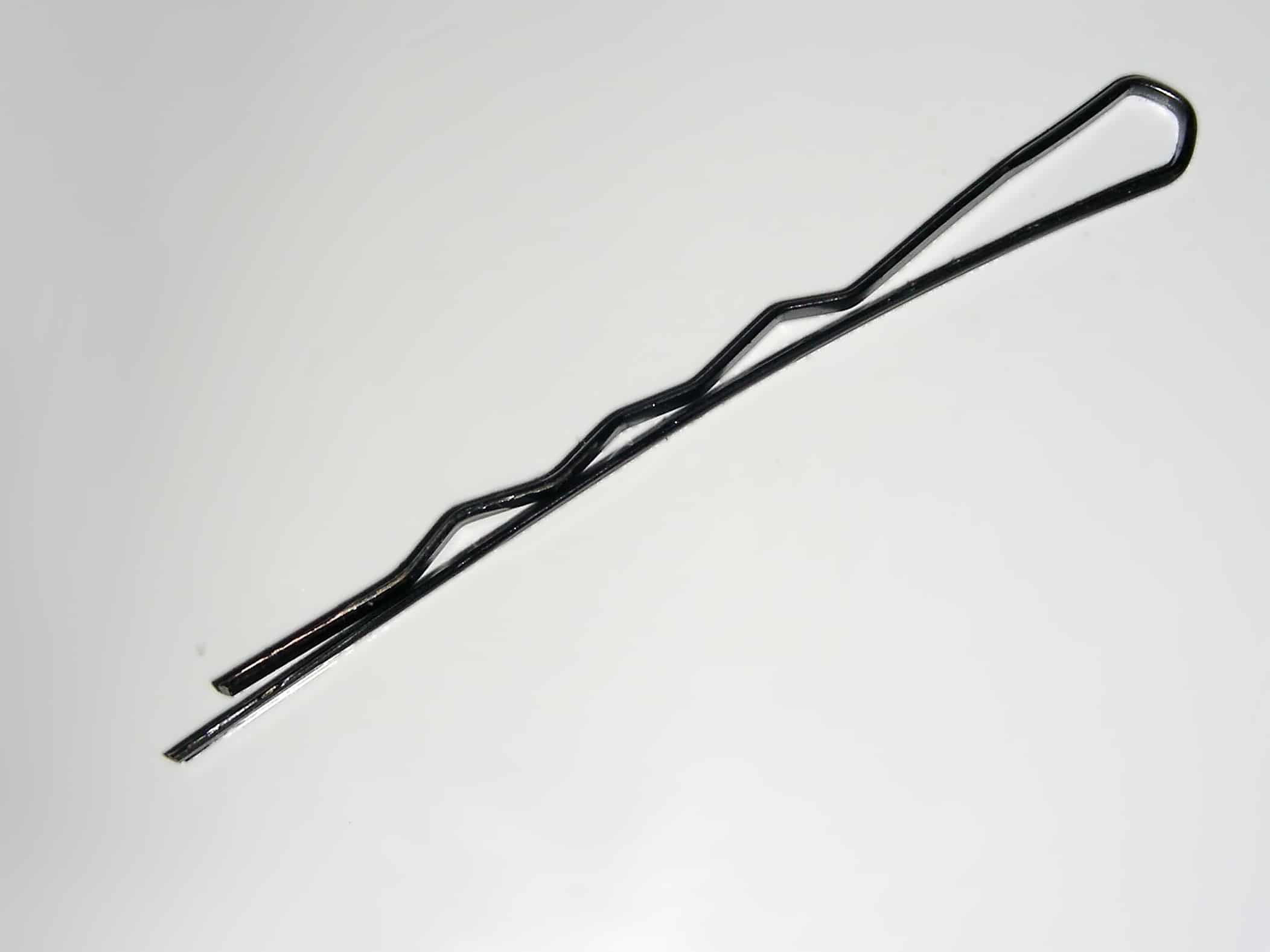Picture this: you grab a box of bobby pins, clip them to the ends of your hair, and sit in front of a mirror. For the next few minutes, you watch these pins magically weave your hair into a stunning updo. These aren’t ordinary pins — they have tiny motors that pump your hair into loops and fancy patterns. They can slide along strands, swap places with other pins, or team up to add more hair to the style. Sounds impossible, right? Well, guess what — your body does something even cooler every single day with your DNA!
Inside each of your 37.2 trillion cells, tiny molecular “bobby pins” are hard at work organizing your DNA, the instruction manual for life. If you stretched out all the DNA in one cell, it’d be about 6 feet long. Now imagine cramming that into a space smaller than a grain of sand! It’s like trying to stuff 24 miles of super-thin thread into a tennis ball. Your cells keep the important DNA sections easy to access, while tucking away less-needed parts into super-tight bundles. When it’s time for a cell to divide, the DNA gets copied and split perfectly without tangles and breaks, just pure precision.
So, How Does This Magic Happen?
Proteins called condensins and cohesins act like bobby pins. These proteins have a hinge on one end and work like tiny stylists, grabbing different parts of the DNA and pulling them together to form loops, or even loops within loops. This creates a neat, organized structure that keeps your DNA compact yet ready for action.
The “DNA bobby pins,” cohesins and condensins, each have distinct functions and are used at different points in the cell cycle. Cohesins function when the cell needs to readily access many regions of the chromosome (interphase) whereas condensins specifically function during mitosis when the chromosomes are highly compacted and transcriptional activity is restricted. Cohesins have a visible space when visualized with electron microscopy where a single strand of DNA could be entrapped while condensins do not. Condensins have at least two DNA binding sites, one that anchors the condensin to a region of DNA and the other that allows for extrusion (making it bigger by pumping it) of a DNA loop. Here’s a quote from an amazing study where they actually visualized the pumping of the DNA strands by the condensin complex:
Our real-time single-molecule dual-color movies of condensin and DNA reveal that loops are extruded by a single condensin complex at the stem of the loop in a manner that is ATP hydrolysis–dependent, strictly asymmetric, and highly sensitive to forces applied to the DNA. These properties can be explained by a model where condensin makes stable contact with DNA at a binding site and then reels in DNA from only one side.
Ganji et al. 2018
A Complete Picture Remains Elusive
Although models have been proposed, a complete picture for how these molecular bobby-pin-like proteins function remains unclear since most current research requires separation of these bobby-pin-like proteins from their native cellular environment which may affect their function. Scientists anticipate future studies on these sophisticated mechanisms of DNA organization will refine even current models.
As a biologist, I’m fascinated by how chromosomes stay so perfectly organized. In everyday life, keeping things like kite string, yarn, or cords untangled is a struggle, especially if they’re constantly moving. Yet, DNA, a delicate chemical thread, remains flawlessly untangled and arranged in 3D space within our cells. It’s hard to imagine a more remarkable system, ingeniously designed to stay organized with ease.
References
- Ganji, Mahipal, Indra A. Shaltiel, Shveta Bisht, Eugene Kim, Ana Kalichava, Christian H. Haering, and Cees Dekker. 2018. “Real-Time Imaging of DNA Loop Extrusion by Condensin.” Science (New York, N.Y.) 360 (6384): 102–5.



